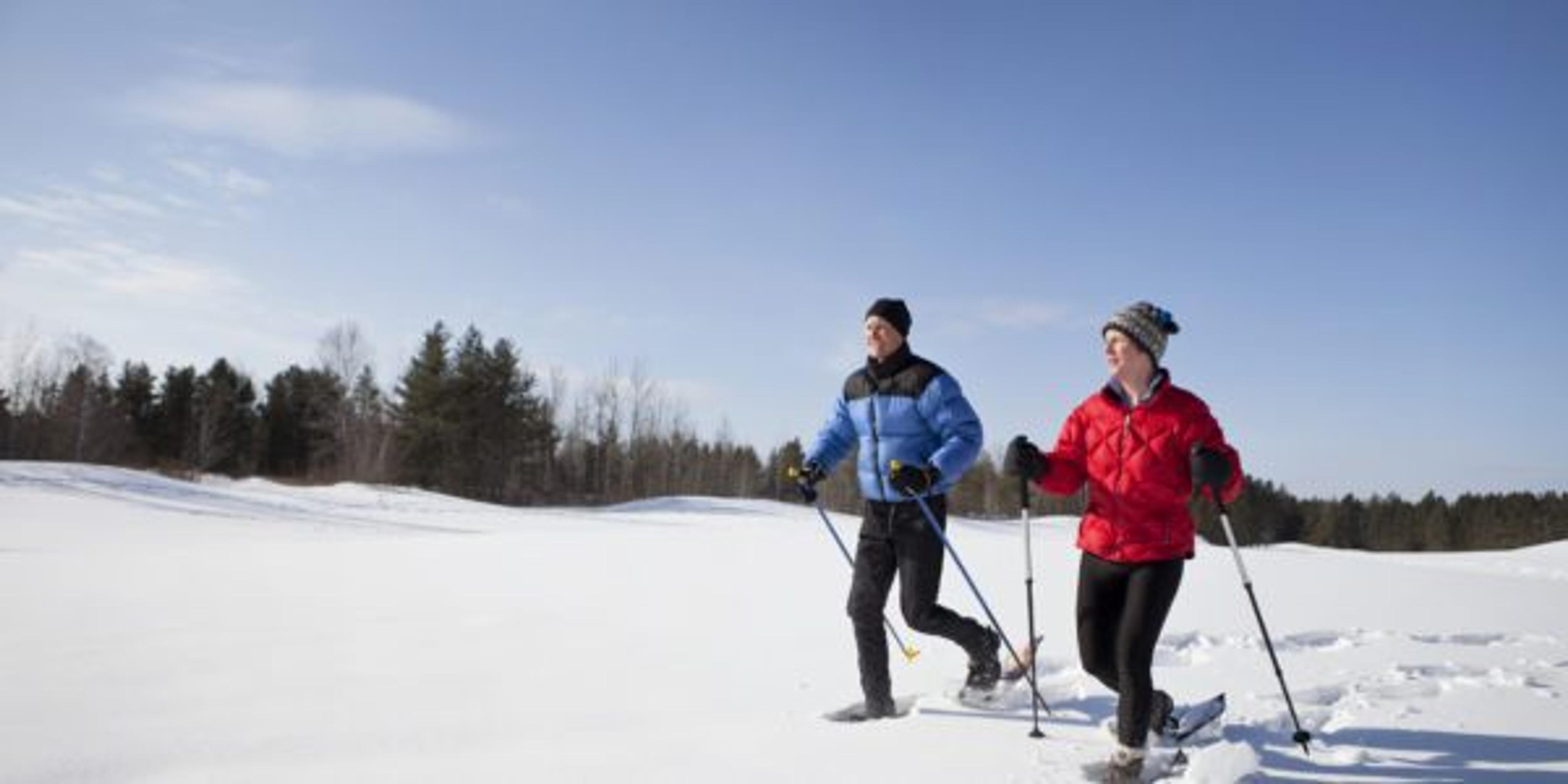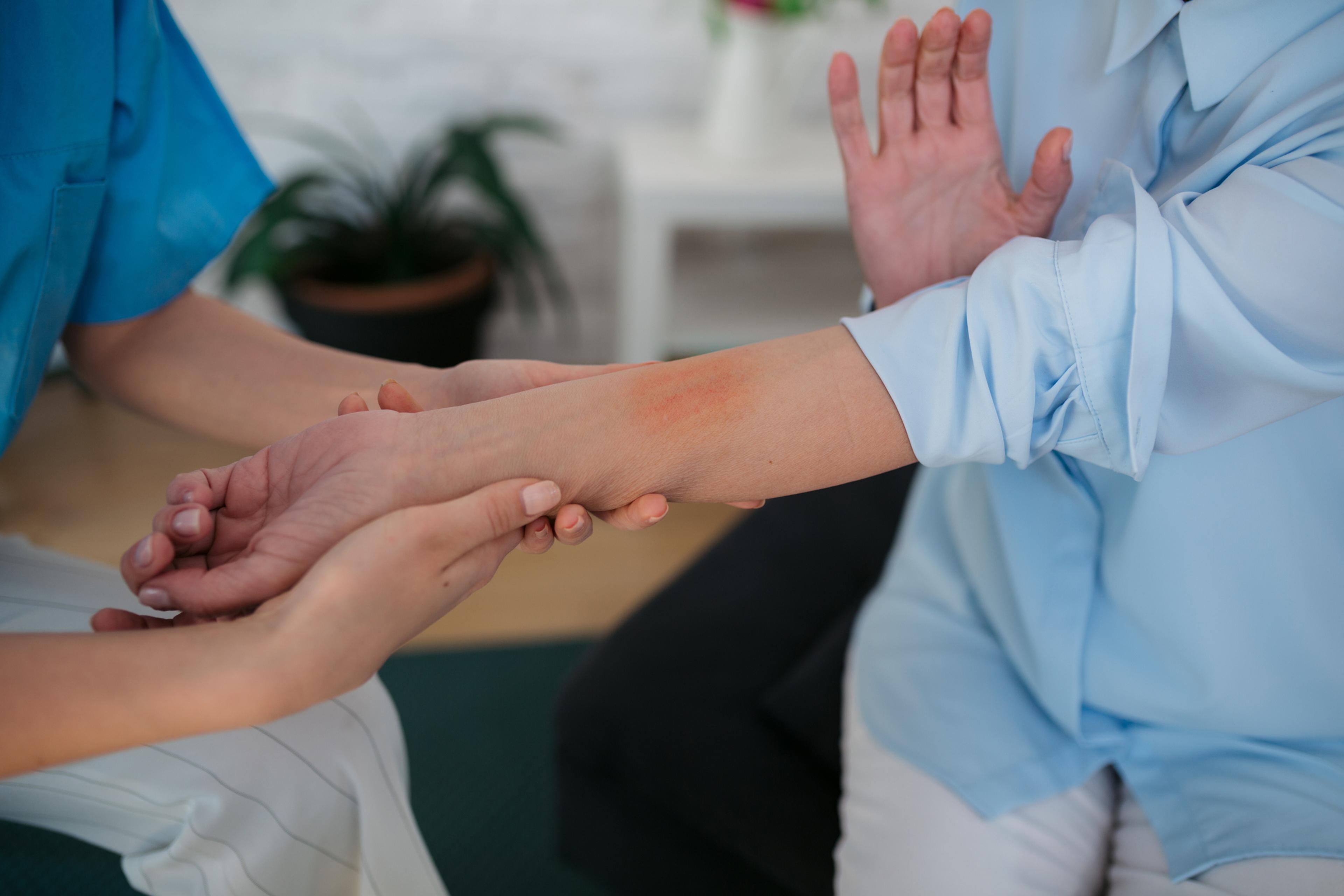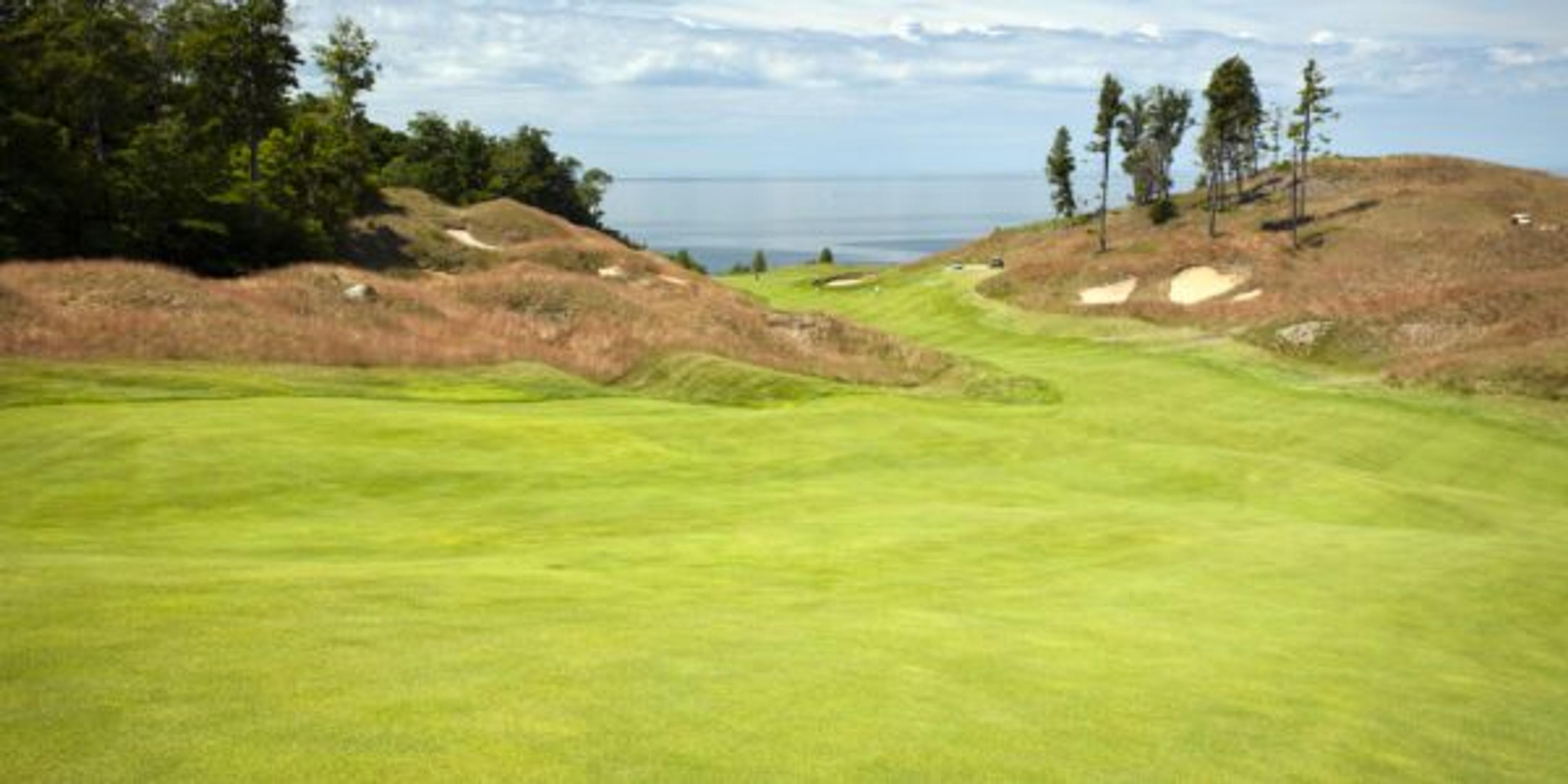A Beginner’s Guide to Snowshoeing
Shandra Martinez
| 4 min read

If you are looking for a new way to embrace winter and get active outside, look down – at your feet. Sure, you can hit the slopes on skis or bump up your daily step count with a hike in the woods. But if you really want to try something that makes every walk feel like an adventure, it’s time to check out snowshoeing. It’s fun. It’s a great form of outdoor exercise. And it’s the perfect low-impact winter sport to do with friends. So, let’s cover the basics to get you started. Here’s a beginner’s guide to snowshoeing.
What is snowshoeing? Before it was a winter sport, people tied a pair of snowshoes onto their shoes or boots as a way to make winter travel easier in areas of heavy snow. Historical records show these early “shoeskis” were first used in 4000 BC in Central Asia. But it was the Native American tribes of the Great Lakes, among other areas, that later perfected the designs using wooden frames and strips of dried animal hide for the laces, webbings and bindings.
As with the high-tech models sold today, the goal of a well-designed snowshoe is that it helps people travel through snowy areas. Wearing snowshoes disperses a person’s weight over a larger area of the ground, which is especially helpful in deep accumulation because they keep people from sinking down into the snow as they walk.
Why snowshoeing is becoming so popular. Snowshoeing has always had a core group of enthusiasts in the United States. These fans largely hail from New England, the Pacific Northwest and the northern Great Lakes region. But lately, a whole new group has jumped into the snowshoe fan club. This has been fueled by the pandemic era, when people were looking for new outdoor activities. Snowshoes have become a hot commodity in sporting goods shops and in online sales in the last few years, according to an article in Forbes.
Some things that make snowshoeing popular include:
- No special skill is needed. If you can walk, you can snowshoe
- The equipment is simple: A pair of snowshoes that are strapped onto your boots, and a set of poles to help with balance and for support during uphill or downhill treks
- You can snowshoe on groomed trails or in ungroomed areas
- There are lots of places open to snowshoers, including public parks, recreation areas, ski trails and sometimes golf courses
- It’s a good workout, burning up to 1,000 calories an hour
- It is a low-impact exercise that is easy and allows you to go at your own speed
Tips for getting started:
Rent the first few times. To make sure you really like the sport, start out by renting snowshoes for your first few adventures. This way, a rental associate can help you find your correct size (typically based on your weight). Pay special attention to:
- The style and brand names. Rent different styles to figure out which ones are the most comfortable for you.
- The type of bindings. Which are the easiest for you to take on and off?
Consider going on a guided snowshoe walk your first time out. Or go with a friend who has experience with snowshoes. This might make it easier and allow you to pick up some good technique tips.
Wear warm, waterproof boots and warm socks. If your feet get cold, you won’t be having any fun.
Dress in layers. You can work up a good glow while you’re snowshoeing, so remember to layer up so you can unzip a layer if you get too warm.
Wear sunglasses. You want to protect your eyes from protect the eyes against light and UV rays.
Choose generally flat terrain for your first few trips. You want to get the hang of walking with snowshoes and poles before you attempt hilly routes.
Keep your stride wide. You don’t want to step on the frames of your snowshoes.
Related:
Photo credit: Getty Images





